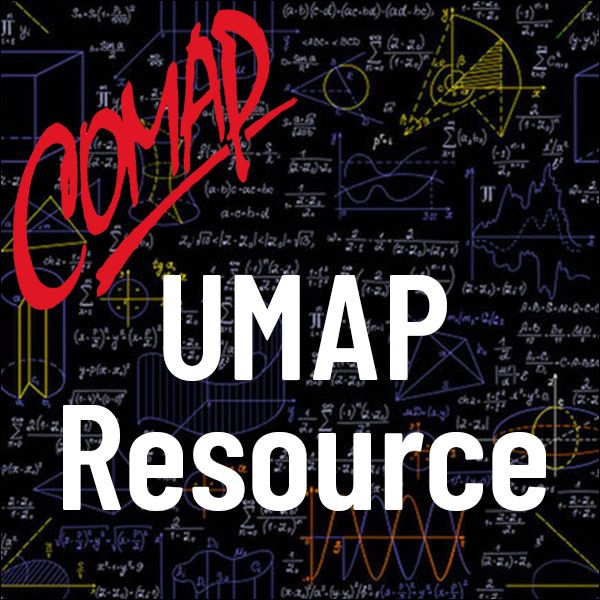Randomness in Cryptography
Author: Alko R. Meijer
Introduction
This article is about randomness, in particular about random binary strings, and, even more particularly, about the use of randomness in cryptography.
• What do we mean by the word "random,"
• why do we need randomness, and
• are there limitations on its use?
One of the main purposes of cryptography, and certainly its oldest aim, is to enable the transport (or storage) of information in such a way that an outsider (someone not entitled, or supposed to have access, to the information) cannot obtain it. For this purpose, one needs some method of turning plaintext into ciphertext by means of an encryption scheme, a key-dependent algorithm, which only an entity in possession of the right key can invert. Briefly then, if we think of messages as strings of zeros and ones, an encryption scheme is a family of functions

Mathematics Topics:
Application Areas:
You must have a Full Membership to download this resource.
If you're already a member, login here.